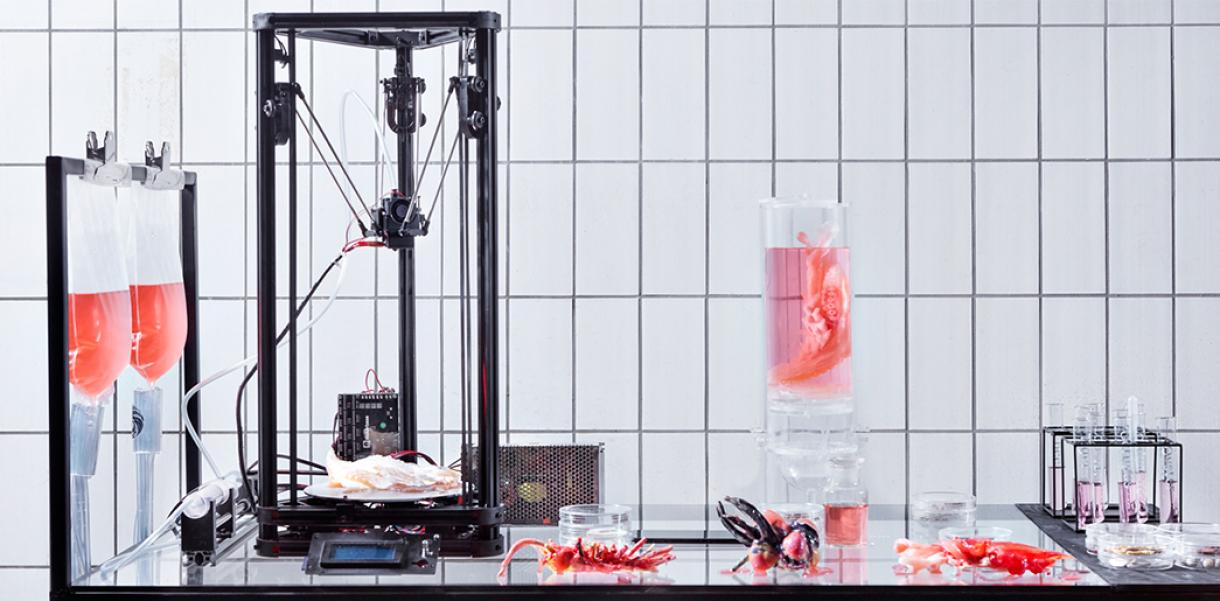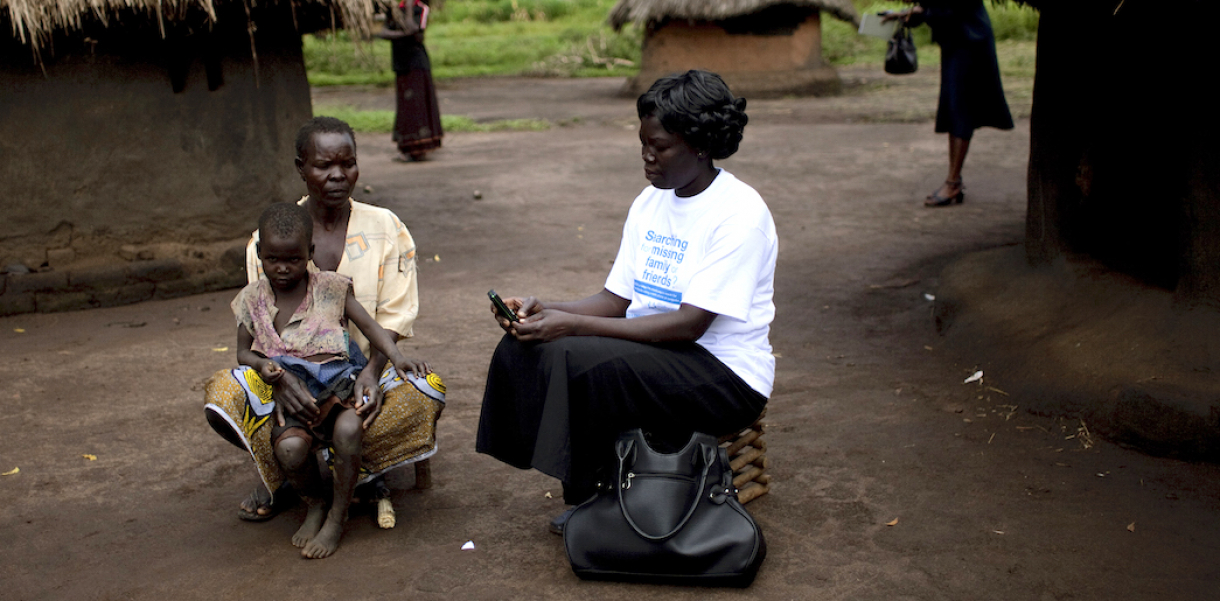What’s the design?
Destácame is an online financial platform working to empower the low- and middle-income population in Chile and Mexico and improve their financial well-being. Through their marketplace of financial products, they offer a complete suite of financial services, such as free credit reports, alternatives to repay their past-due debt, and a monthly subscription to help their users with their finances. They currently have +4 million users on their platform and employ about 120 people.
The hurdle
“I met my Co-founders, when we were studying at MIT in the US. And when we finished the MBA, the three of us wanted to go back to Chile and do something on our own,” says Jorge Camus, Co-founder of Destácame.
“We started to meet up three times a week to understand the market in Chile and Latin America. We looked at different industries to understand the different problems and after five to six months of study, we had identified a problem.”
What Camus and his Co-founders, Augusto Ruiz-Tagle and Sebastian Ugarte, saw, was that the low-income population in Chile didn’t have access to financial products. Shortly after, they founded Destácame, which means ‘highlight me’ in Spanish. “The problem and the aspiration that we got has maintained the same for the six-seven years we have existed. What has evolved since then, is how we solve the problem.”
The how Camus is referring to is the iterative process that’s been a core part of developing and expanding Destácame’s product range and offer. “In our mind, we're trying to solve the same problem by using different alternatives (...) The first takeaway for us has been 'always hearing your user'. Because what’s most important is what they have to say. Not what you think, but what they say.” In fact, Destácame turned a solution for a specific user challenge into one of their most important revenue streams.
But building a great product turned out to not only depend on customer needs. Looking back, Camus now knows that a successful business stems from great company culture. “At the very beginning, when we started growing and getting money from investors, we started hiring people. And we did it so badly. The hiring process was a mess, a disaster.”
The strategy
“The people we hired weren’t performing as well as we wanted them to,” Camus remembers. “And it was a surprise to us, and we thought we must be doing very poorly in the selection process.”
But after discussing the challenge with his wife, who’s an organisational psychologist, Camus realised that the problem wasn’t as much the process itself. “She told us that it’s impossible to hire the right people and build a strong team if you don't define your values and build a strong culture around those first.”
“So we took a lot of time to build those values, and build a culture that would support those values. Because… you know, you can make a wall in your office and say ‘hey these are my values’ and people can go look at them. But the most difficult thing is building the culture so when you enter the company, those values are alive.”
After defining these values, it becomes easier to build a team and hire people who align with them and are willing to work in their favour. “We needed to build that structure, we need to continue building that strong culture, and making our hiring process even better, so we can hire the right people. Because we continue to be convinced that if we want to solve the problem that we want to solve, we need to build a very strong product. And to build a very strong product, you need a very, very strong team.”
Camus knows this prioritisation of company culture often gets overlooked in start-ups since it’s about building a long-term effect in an environment where you’re looking for a short-term payoff. But still, he believes wholeheartedly that this is with an investment in time and effort.
“It's difficult because when you think about this, you think about investing in the long-term, meanwhile you need to show a strong number to the investor next month. But I think doing this has been maybe one of the best investments that we’ve made (...). For us, it’s been an important takeaway, that this investment pays off.”
Tips from the designer
- Listen to your customer – Initiating a continuous dialogue with your user on their needs and wishes could lead to building your most successful products.
- Define your values early on – It might sound vague, but doing so will inform your future choices and help you build the right team.
- The product follows company culture – Having the right company culture will make you build and develop a better product.
- Present vs. future – It’s tempting to focus on the short-term when you’re building a company, but remember to prioritise working towards long term benefits as well.




